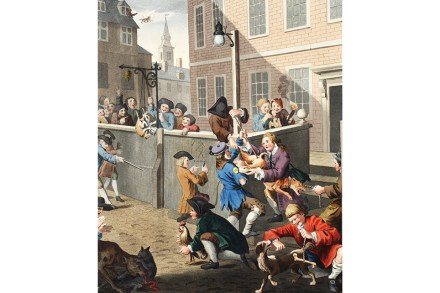No Sir Lancelot: A Good Deliverance, by Toby Clements, reviewed
Sir Thomas Malory is not much of a knight. He lies; he is lecherous; he is bested in tourneys; he misses battles due to a dicky stomach; he inadvertently causes the deaths of his friends. He is no Sir Lancelot. But he has his talents, chief among them being his ability to spin a yarn, and he has won much renown for his retelling of the legend of King Arthur and his Round Table, later to be published as Le Morte d’Arthur. Now he has the chance to set his own story straight. Well, straight-ish. A Good Deliverance is a sly and salty fictional account of the life and deeds


